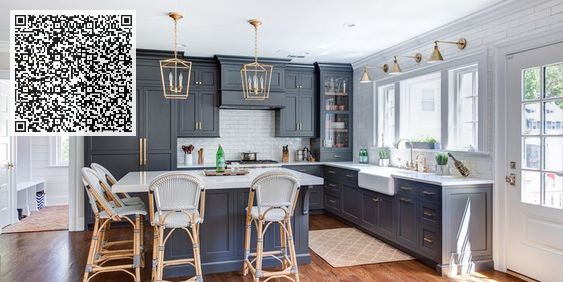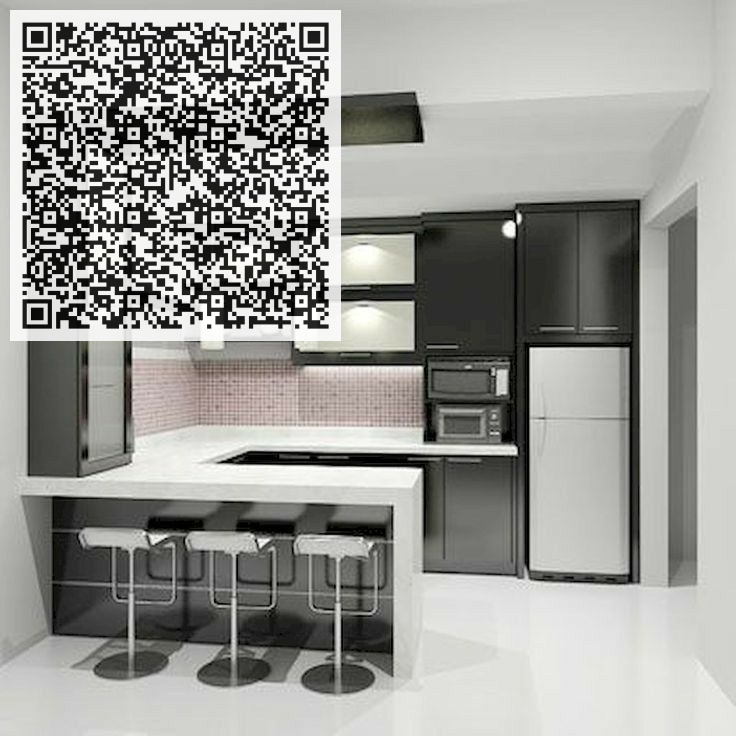Can I create a kitchen island in a small space?
Can I create a kitchen island in a small space?
In the world of interior design, small spaces often pose unique challenges. The kitchen, being the heart of the home, should be both functional and aesthetically pleasing. If you find yourself working with limited kitchen space, fear not – a kitchen island can be a game-changer. In this blog post, we will explore creative ways to integrate a kitchen island into a small space, making the most of what you have.
1. Assess Your Space:
Before diving into the design process, assess the available space in your kitchen. Take precise measurements to determine the dimensions of your potential kitchen island. Consider factors such as traffic flow, existing furniture, and the overall layout of your kitchen.
2. Optimize Storage:
In a small kitchen, storage is key. Design your kitchen island with built-in cabinets and drawers to maximize storage space. Utilize vertical space by incorporating shelves or hooks for pots, pans, and utensils. This not only adds functionality but also keeps your kitchen organized.
3. Multi-Functional Design:
Make your kitchen island multi-functional by combining different elements. Consider adding a built-in cutting board, pull-out trash bin, or even a small sink. By integrating these features, you can streamline your kitchen tasks and save valuable counter space.
4. Choose the Right Size and Shape:
The size and shape of your kitchen island can significantly impact the overall flow of your kitchen. Opt for a compact and streamlined design that complements the shape of your kitchen. Circular or square islands often work well in smaller spaces, providing both functionality and visual appeal.
FAQs:
Q1: Can I install a kitchen island in a galley kitchen?
A1: Absolutely! Consider a narrow and elongated island that follows the flow of the galley kitchen. This can serve as an additional workspace without hindering movement.
Q2: How much space should I leave around the kitchen island?
A2: Aim for a clearance of at least 36 inches around the island to ensure smooth movement and prevent congestion. However, adjust this based on your specific kitchen layout and needs.
Q3: What materials are suitable for a small kitchen island?
A3: Choose materials that are visually light, such as glass or light-colored wood, to create an open and airy feel. Avoid heavy, bulky materials that can make the space look cramped.
Conclusion:
Creating a kitchen island in a small space requires thoughtful planning and consideration. By optimizing storage, choosing the right size and shape, and incorporating multi-functional elements, you can transform your compact kitchen into a stylish and efficient culinary haven. Embrace the challenge of limited space, and let your kitchen island become a statement piece that enhances both form and function. With a bit of creativity, even the smallest kitchens can achieve a perfect balance of style and practicality.




Comments
Post a Comment